For centuries, the heavens have been a pattern of twinkling lights, far-off galaxies, and the occasional comet flying overhead across the blackness. But between the stars is something much more mysterious vast, invisible clumps of gas, floating unseen across the universe. Now astronomers have revealed one of these hidden giants, a huge crescent-shaped molecular hydrogen monstrosity hiding 300 light-years from Earth, barely glowing in far-ultraviolet radiation like a ghostly thing from the cosmos.
Named Eos after the Greek goddess of dawn, this cloud is the first of its kind ever detected through its ultraviolet fluorescence, a breakthrough that could rewrite our understanding of the dark, star-forming material hiding in plain sight.
The Hidden Giant: A Cloud Bigger Than the Moon
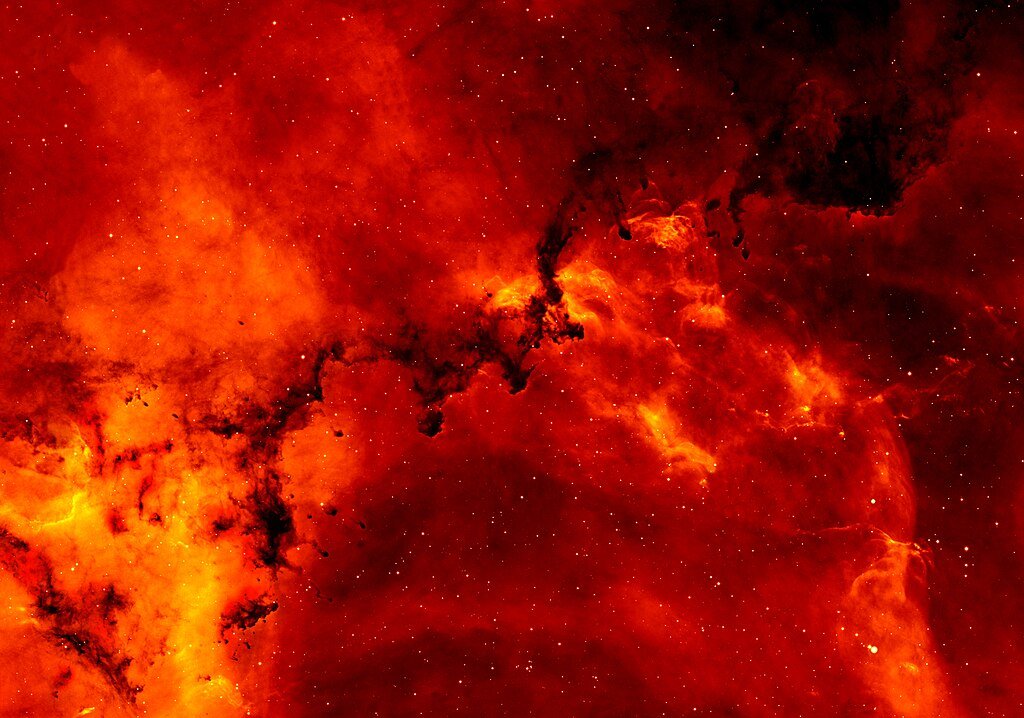
If we could see Eos with the naked eye, it would stretch 40 times wider than the full Moon across our night sky. Spanning 80 to 85 light-years in diameter and containing roughly 2,000 times the mass of the Sun, this colossal structure has remained invisible until now because molecular hydrogen, the most abundant molecule in the universe, doesn’t emit visible light.
Instead, Eos was detected by its faint far-ultraviolet glow, emitted when hydrogen molecules fluoresce under the radiation of nearby stars. “This cloud is literally glowing in the dark,” says Dr. Blakesley Burkhart, the astrophysicist at Rutgers University who led the discovery.
Why Has This Cloud Been Invisible Until Now?
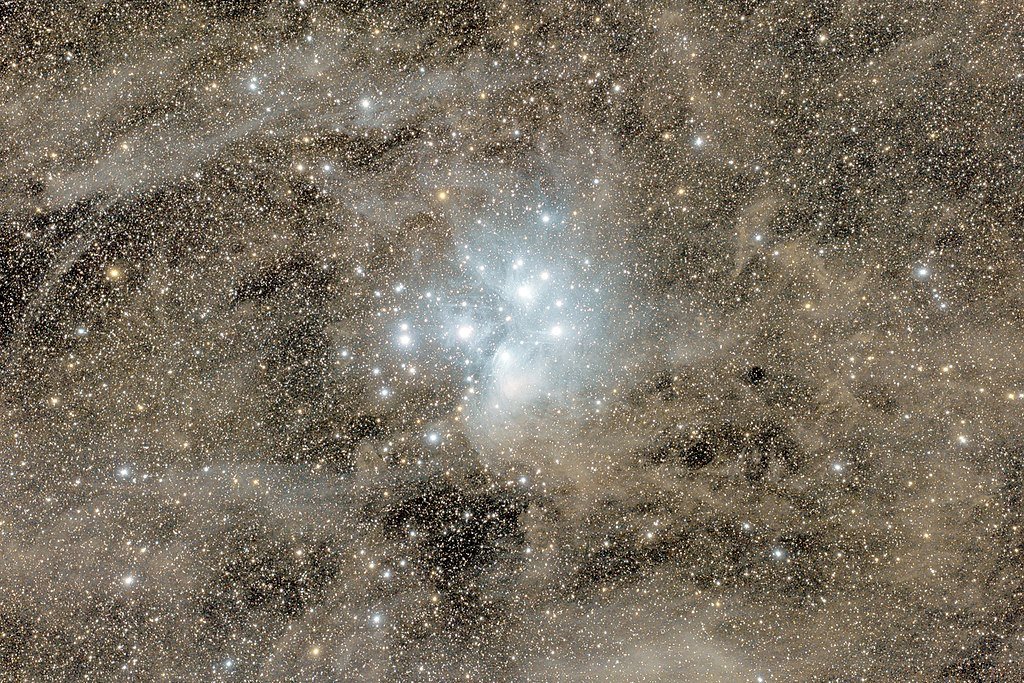
Most interstellar clouds are detected through carbon monoxide emissions, a common tracer used by astronomers. But Eos is different it lacks enough carbon monoxide to stand out in traditional surveys, meaning it slipped past detection for decades.
“One of the biggest challenges in astronomy is that we only see what emits or blocks light,” explains Dr. Burkhart. “If a cloud doesn’t have enough carbon monoxide, it becomes nearly invisible until now.” By shifting their focus to far-ultraviolet emissions, her team uncovered a whole new way to see the unseen.
A Fleeting Cosmic Structure Disappearing Before Our Eyes
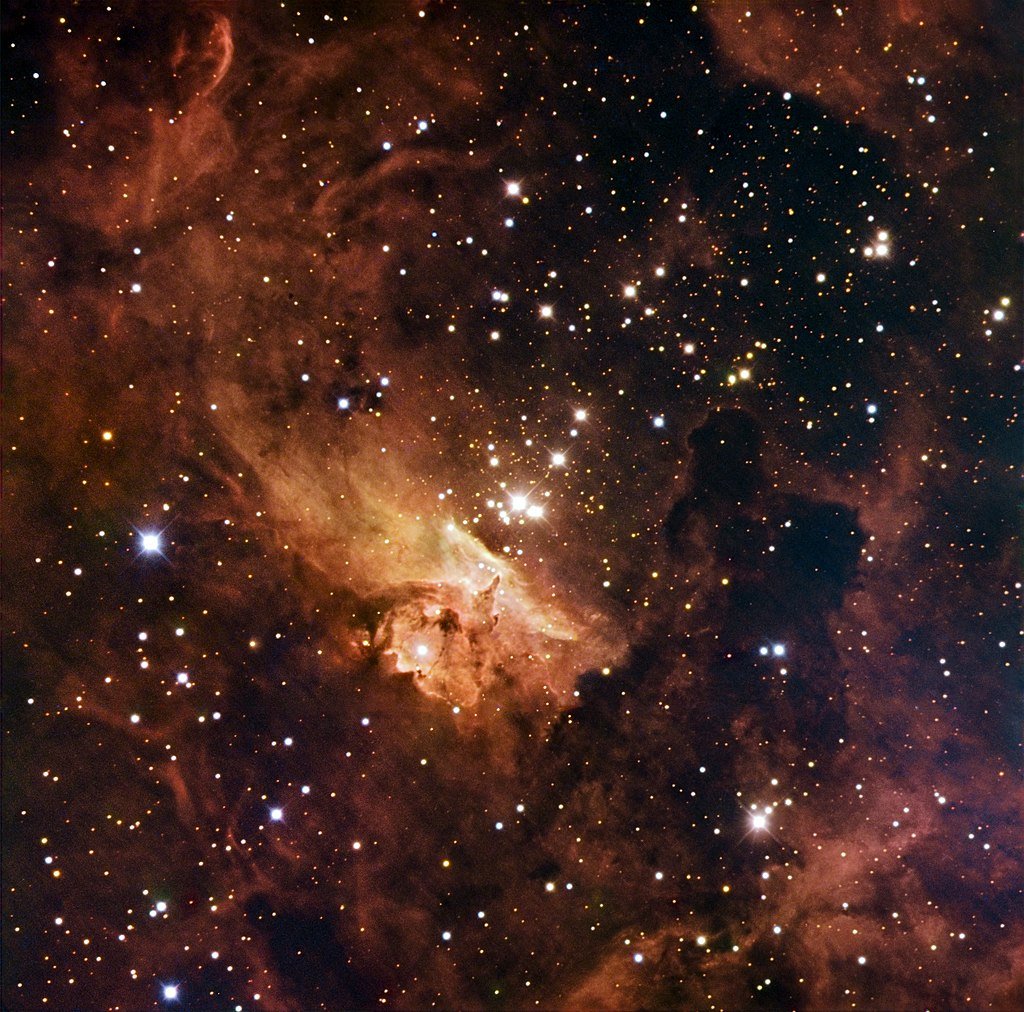
Eos isn’t just hiding it’s slowly evaporating. The intense ultraviolet light from nearby stars is tearing its hydrogen molecules apart in a process called photodissociation, eroding the cloud at a rate of 600 solar masses every million years.
At that pace, Eos will vanish completely in about 5.7 million years in a blink of an eye in cosmic terms. “This gives us a rare chance to study how molecular clouds dissolve before they’re gone forever,” says Dr. Burkhart.
A Missing Link in Star Formation
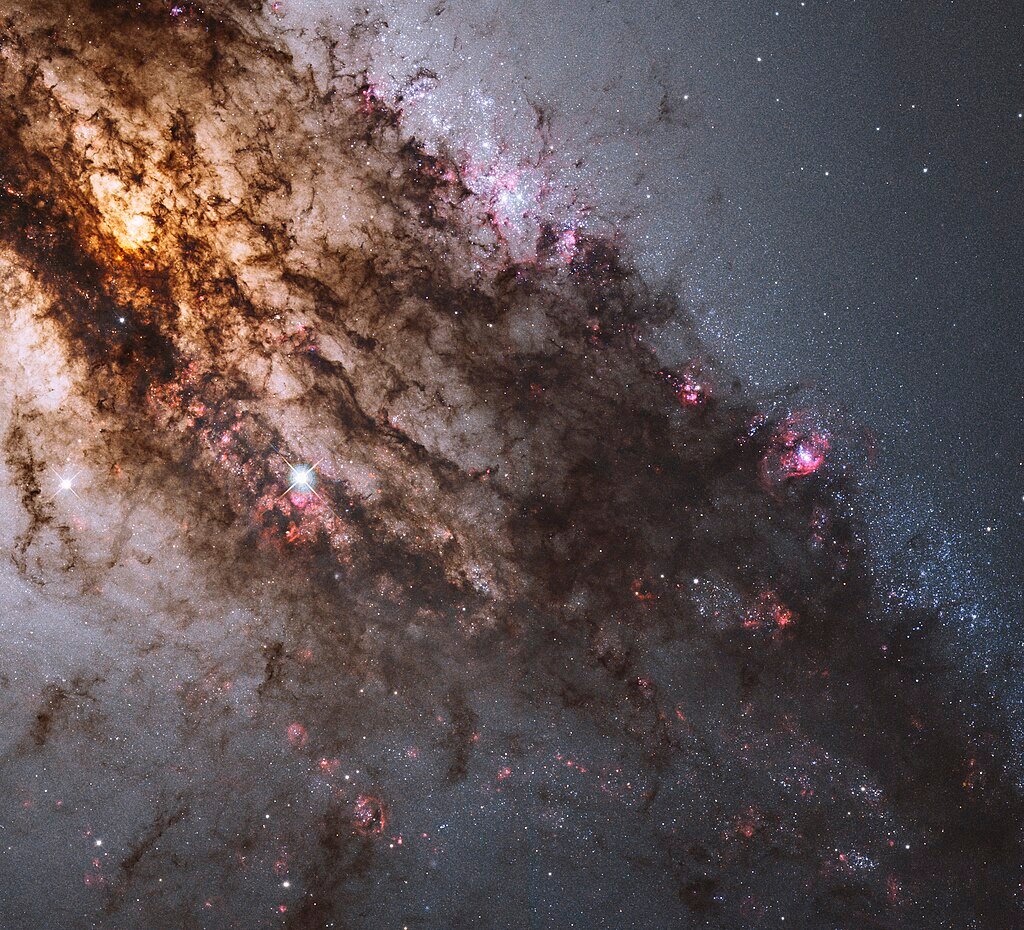
Molecular clouds like Eos are the birthplaces of stars and planets. Yet until now, astronomers could only observe them when they collapsed into dense nebulae. Eos, however, is caught in an earlier, more diffuse state offering clues about how galaxies turn raw hydrogen into stars.
“This discovery bridges the gap between diffuse interstellar gas and dense star-forming regions,” says Dr. Thavisha Dharmawardena, a cosmologist at New York University. “We’re finally seeing the raw material before it becomes a solar system.”
A New Way to Map the Invisible Universe
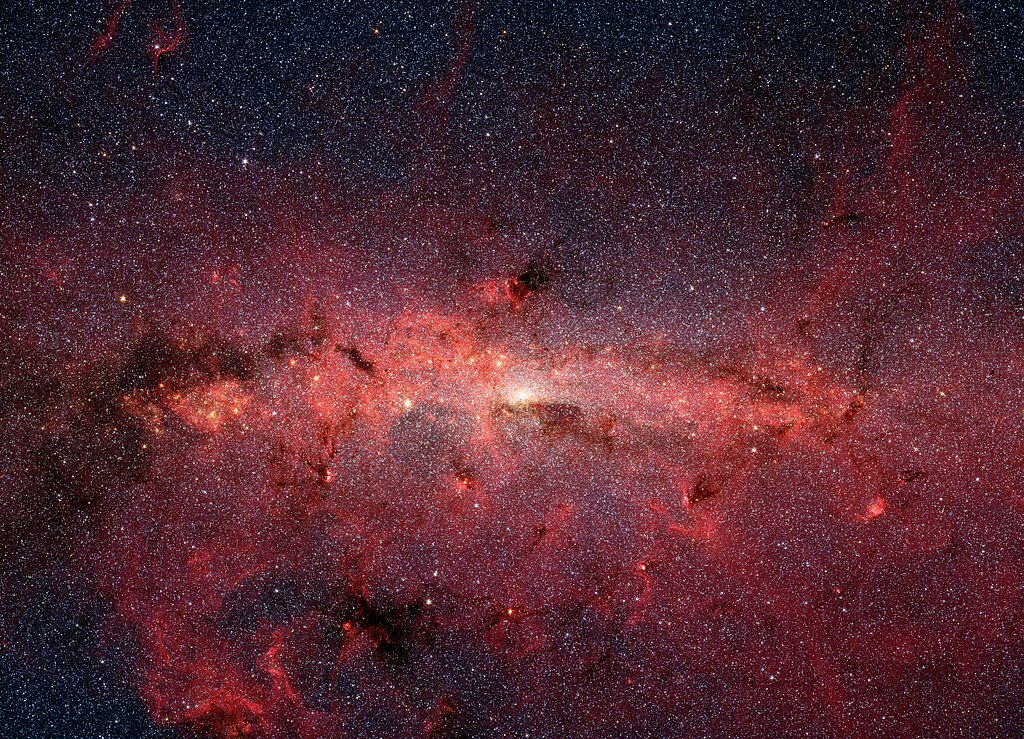
The discovery of Eos demonstrates that far-ultraviolet fluorescence can detect buried molecular clouds in the Milky Way and beyond. Upcoming telescopes, such as NASA’s future UVEX mission, might employ this method to expose thousands of analogous structures, redrawing our charts of the galaxy.
“We’ve been missing a huge part of the interstellar medium,” says Dr. Burkhart. “Now, we have a way to find it.”
What Does This Mean for the Search for Alien Worlds?
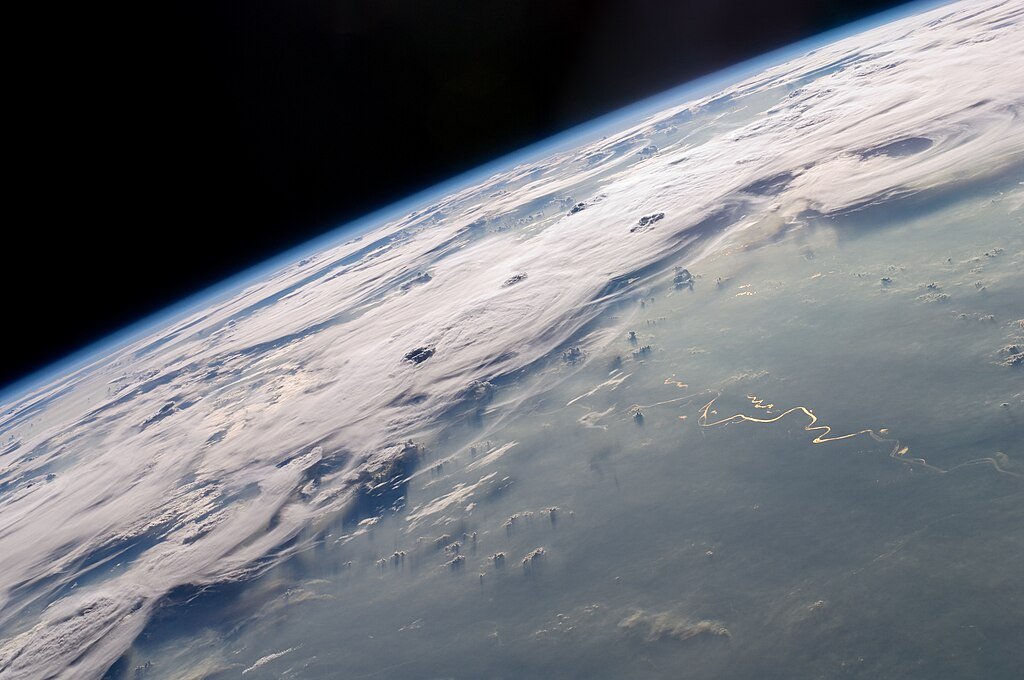
If Eos is merely 300 light-years away, how many others of these intangible clouds pass between the stars? Some might be cradles for planets yet to form, while others may harbor precursors to life itself.
“This discovery reminds us that the universe is full of surprises,” says Dr. Dharmawardena. “Even in our own galactic neighborhood, we’re still finding things we never knew existed.”
The Dawn of a New Era in Astronomy
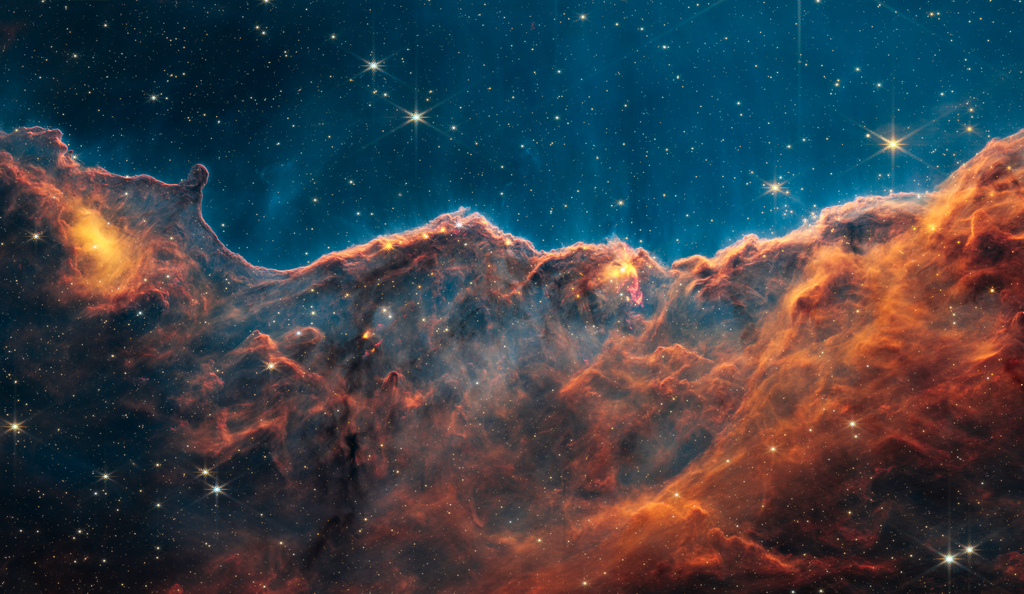
Eos is not just a cloud, it’s a wake-up call of the universe. Astronomers have been observing the bright things in the sky for centuries. Now they’re learning to observe the darkness between them.
As new telescopes turn their gaze to the ultraviolet glow of hidden hydrogen, one thing is certain: The space between the stars is far from empty. It’s alive with invisible structures, waiting to be discovered.
And if Eos is any indication, we’ve only just begun to see them.
Sources :

Jan loves Wildlife and Animals and is one of the founders of Animals Around The Globe. He holds an MSc in Finance & Economics and is a passionate PADI Open Water Diver. His favorite animals are Mountain Gorillas, Tigers, and Great White Sharks. He lived in South Africa, Germany, the USA, Ireland, Italy, China, and Australia. Before AATG, Jan worked for Google, Axel Springer, BMW and others.




